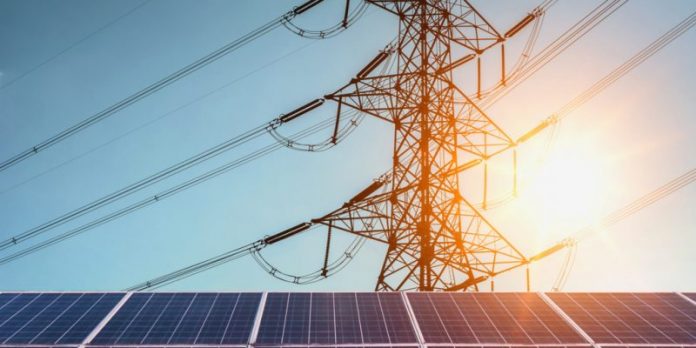Zambia is already self-sufficient in electricity. The authorities estimate that the country’s electricity production will increase tenfold by 2022 with the commissioning of developing renewable energy projects.
Zambia has made significant progress in power generation. According to the U.S. Agency for International Development (USAID), the country has an installed capacity of 2,800 MW. According to the Zambian government, this generating capacity has helped make the country self-sufficient in electricity. Zambia stopped importing electricity as of 2018. The authorities even estimate that electricity production will be in surplus by 2022.
Today, current production is provided by hydroelectric facilities that supply 2 380 MW, or 85% of the country’s installed capacity. This situation, however, makes the national electricity system vulnerable to the effects of climate change such as drought that has been increasingly persistent in recent years in Eastern and Southern Africa. In recent months, the drought has seriously reduced the operation of the country’s large dams such as Kariba, whose 1,626 MW of generation is shared between Zambia and Zimbabwe.




